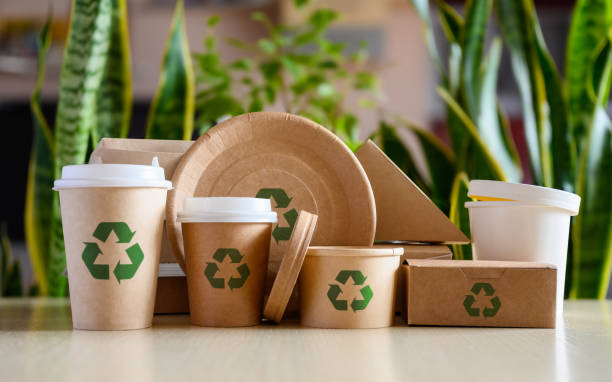
The Sustainable Benefits of Packaging Automation
July 25, 2025
0 Comments
In today’s world, sustainability is no longer a niche concern—it’s a business imperative. Packaging automation is proving to be one of the most impactful ways that companies can align operational efficiency with environmental responsibility. By reducing material waste, conserving energy, and shrinking overall pack sizes, automated packaging solutions are transforming supply chains into more sustainable systems.
How Automation Supports Sustainability
One of the most significant sustainability gains from automation is the reduction of excess packaging materials. Manual packing often results in overuse of void fill or oversized boxes, both of which contribute to unnecessary waste and increased shipping costs. Automated systems, by contrast, deliver consistent and precisely measured packaging materials, minimizing waste at the source. This reduction in material usage not only conserves raw resources but also lowers the amount of packaging entering landfills.
Energy conservation is another area where automation shines. Unlike manual operations that may require inefficient lighting, heating, or human labor over extended hours, automated packaging equipment is designed to operate at high efficiency with optimized power consumption. Smart systems can also be programmed to operate during off-peak energy hours or shut down during idle periods, reducing a facility’s overall energy footprint.
Perhaps most importantly, automation supports pack size reduction—a crucial factor in decreasing carbon emissions. When products are packaged in right-sized containers, more units fit on each truckload, reducing the number of vehicles needed on the road. This translates directly into lower transportation emissions and reduced fossil fuel use. As e-commerce continues to grow, right-sized packaging is a key strategy in keeping fulfillment centers both productive and eco-conscious.
Equipment Designed for Eco-Friendly Operations
Specific equipment on the market is designed with sustainability at its core. For instance, paper void fill machines like the FasFil Jr. offer a compact, energy-efficient way to replace plastic fillers with recyclable kraft paper. The FasFil Jr. is ideal for smaller operations looking to transition away from plastic air pillows or foam, enabling packers to create cushioning on demand with minimal environmental impact. Its compact footprint and ease of use also mean less power and fewer materials are wasted during operation.
On the corrugate side, machines like Sealed Air’s I-Pack represent a leap forward in sustainable packaging. The I-Pack automatically creates right-sized boxes tailored to each order, eliminating the need for excessive void fill and oversized cartons. This reduces both material use and shipping volume, allowing more packages to be shipped with fewer resources.The end result is a cleaner, more efficient packaging line that meets high consumer expectations while reducing environmental impact.
Smarter Packaging for a Greener Future
Ultimately, sustainable packaging automation is about smarter operations. By investing in automated systems, companies gain precise control over materials, energy use, and shipping efficiency—all while delivering products in a more environmentally responsible way. As customer expectations around sustainability continue to rise, businesses that prioritize automation will be best positioned to meet both market demands and ecological responsibility.

